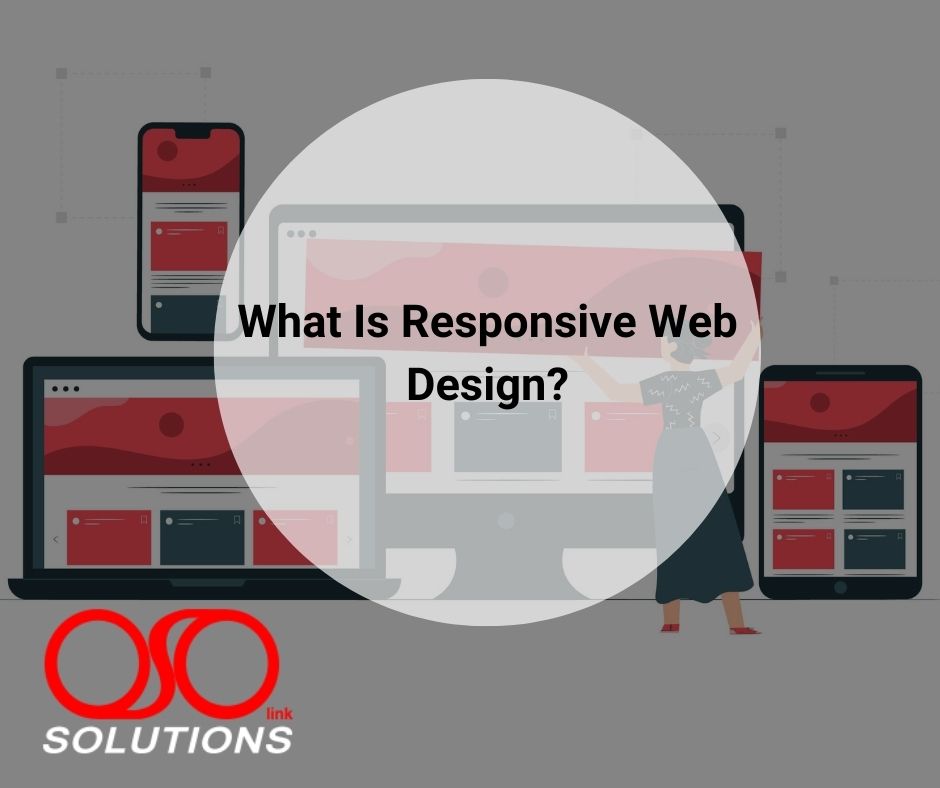Responsive web design – Users are now accessing the Internet using a range of different devices. Accordingly, sites are presently being gotten to from gadgets with changing screen sizes and various approaches to connecting with those sites (for example console/mouse versus pen versus contact screen, and so on.). . Responsive Web Design is a term that identifies the design and development of websites that can respond to different sized devices and adapt the layout of that site to maintain a high level of usability. In today’s mobile-age Responsive is a must to ensure consistent engagement of on-line users across a range of devices.
What Is Responsive Web Design?
A website that responds to the device that accesses it and delivers the appropriate output for it uses responsive design. Rather than designing multiple sites for different-sized devices, this approach designs one site but specifies how it should appear on varied devices.
in short, it is a way of developing a website to ensure that it adapts to different sized-devices. The fundamental principle is that a single website may be accessed on a variety of screen sizes.
For example, a similar site can be seen on a cell phone, yet shows up uniquely in contrast to when it shows up on a PC.. This is to take into consideration the smaller screen size and the fact that often the user is using a finger to navigate the site rather than a mouse/keyboard combination – both requiring different design aspects.
Why Use Responsive Web Design?
With the rapid uptake of mobile devices and specifically their use to access the Internet, it is now more important than ever to ensure that your website is not only accessible via mobile devices, but that it is functional when accessed through a mobile device.
Responsive Web Design provides tools to ensure that a website can be responsive to different screen sizes, ensuring greater usability when accessing the website through mobile devices.
Benefits of Responsive Web Design
There are a number of reasons why you should consider Responsive Web Design when designing/updating your website. Some of the main considerations include:
It allows you to code ONE website
By using a Responsive Design, you can manage your site from one place. Ensuring that it works across different devices (rather than having to create separate mobile/tablet sites).
Allows you to cater for a wide range of devices
A responsive website is good way to ensure consistency across all these different devices.
Ensures a consistent level of functionality across a range of different devices
Responsive Web Design goes a way to ensuring that users can continue to interact with a website on mobile devices.
Provides a viable alternative to mobile apps
Using a responsive can allow for functional use of a website through a mobile phone. But because it runs through a browser, you don’t need to develop different apps for different operating systems. As such it can be a good solution for providing mobile functionality to your business.

Read more Blogs
Learn more about us. Feel free to contact us.
Source https://dcodegroup.com/


